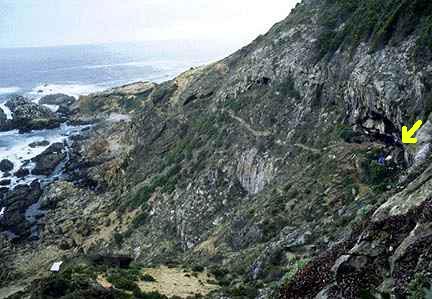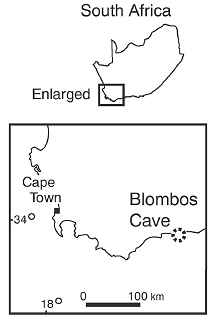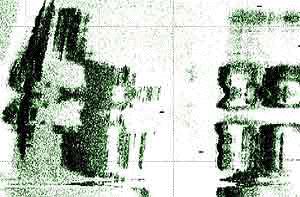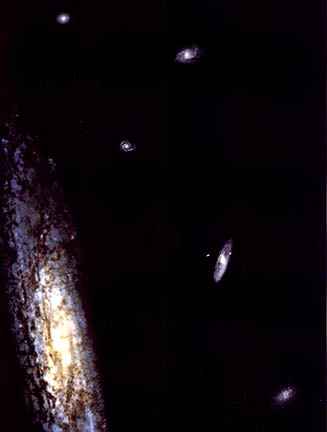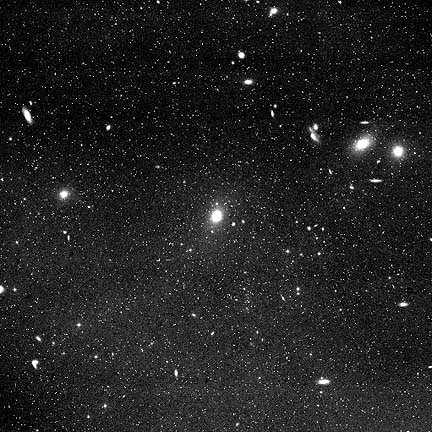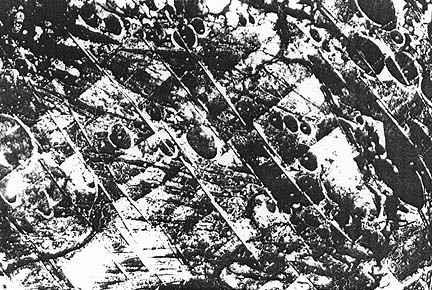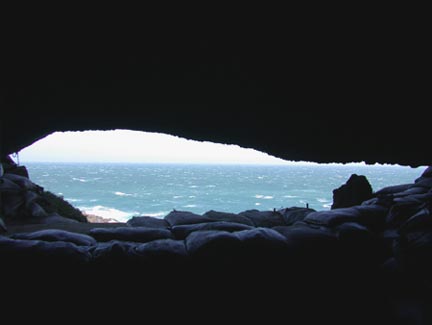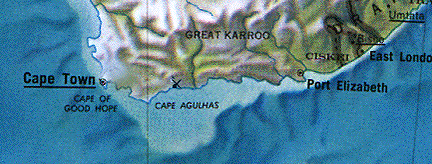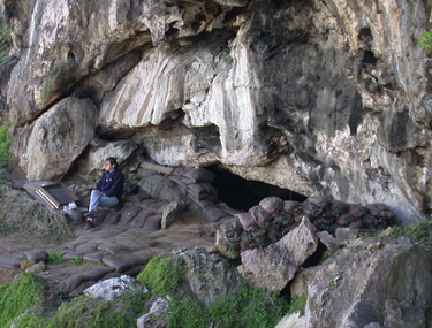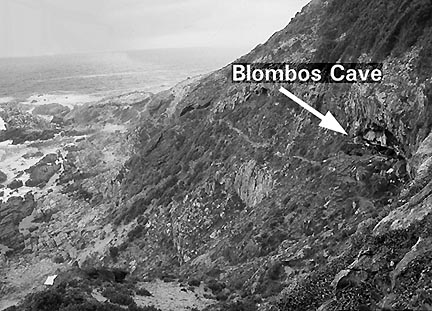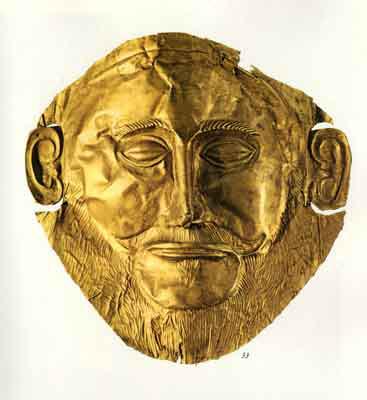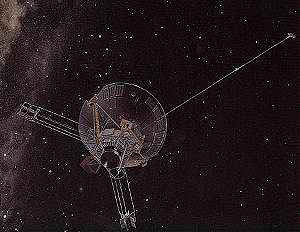
February 24, 2002 Los Alamos, New Mexico - Thirty years ago on March 2, 1972, NASA launched the Pioneer 10 spacecraft from Cape Kennedy aboard an Atlas Centaur rocket. According to officials, it was the "fastest spacecraft ever to leave Earth." Its mission was to travel through the asteroid belt, be the first manmade machine to pass Jupiter and be the first spacecraft to use planetary gravity to change course and to reach escape velocity from the solar system. Pioneer 10 is powered by electricity derived from the warmth of decaying plutonium 238 and was intended to last only 21 months. Thirty years later, it is still going and sending signals.
Click here to subscribe and get instant access to read this report.
Click here to check your existing subscription status.
Existing members, login below:



